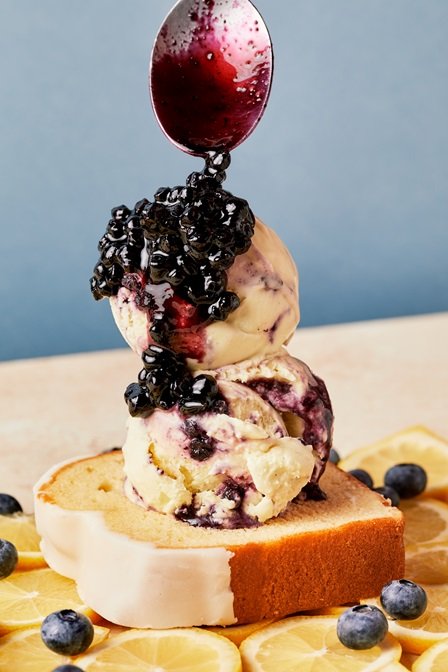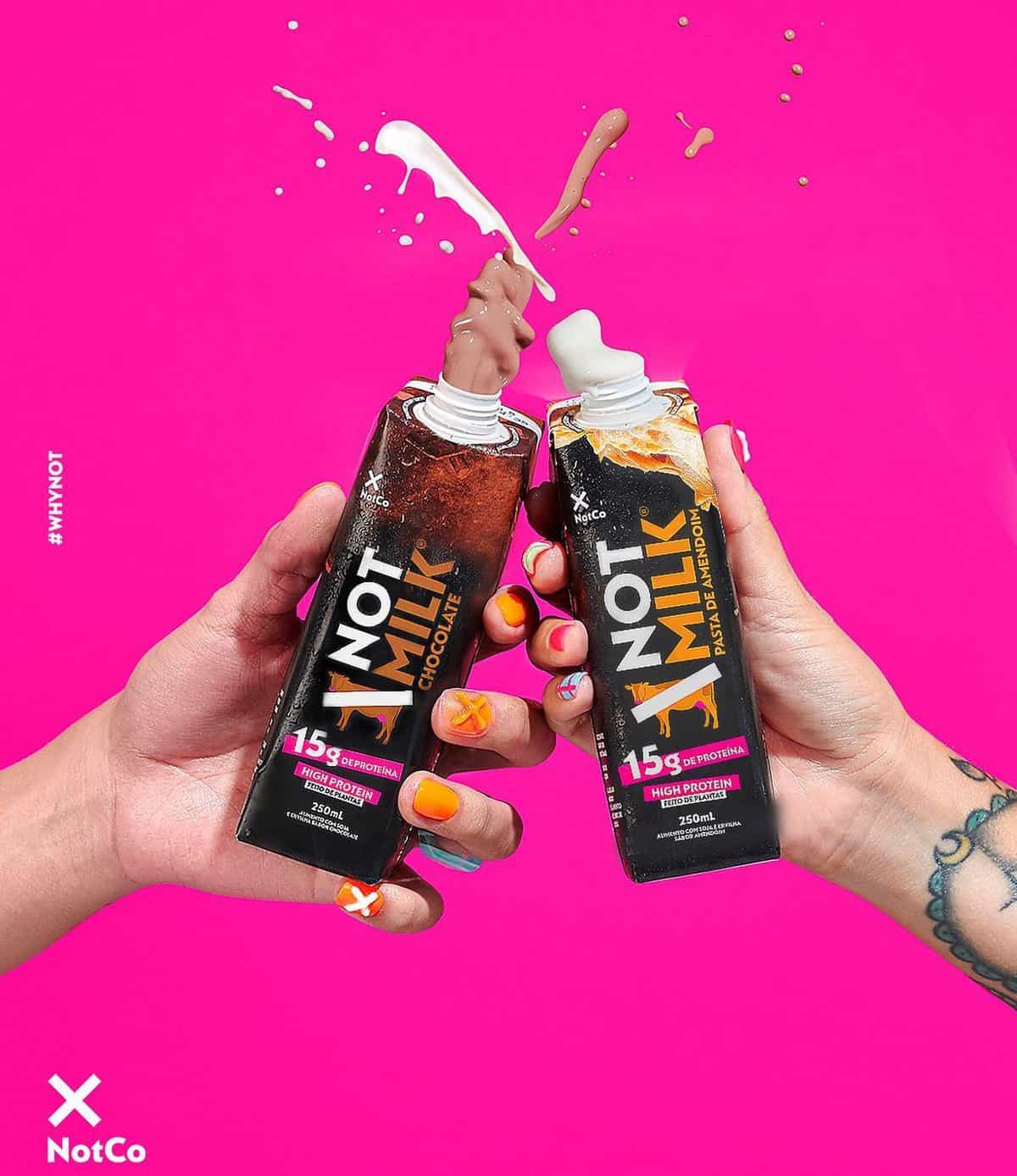Study Finds Citrus Fiber Outperforms Methylcellulose in Plant-Based Meat – vegconomist

A study funded by the Master of Food Technology (MoFT) program at Universiti Putra Malaysia, exploring healthy and sustainable binders for plant-based meat, found that citrus fiber is optimal for replacing synthetic ingredients like methylcellulose (MC).
The researchers evaluated the physicochemical and sensorial properties of plant-based meat patties made with protein texturates and tested pea, citrus, and apple fibers as possible candidates. Their focus was to understand the influence of these fibers on key attributes such as taste, color, texture, moisture retention, strength, pH, emulsion stability, and overall acceptability.
The scientists prepared five types of patties to compare and choose the best binder to replace MC: a negative control without MC or enzymatically treated fiber, a positive control with MC, and three patties incorporating enzymatically treated pea, citrus, and apple fibers. The results are as follows:
Taste, color, and texture
Taste tests by 50 panelists revealed that patties with three different fibers were as tasty as the main control patty. Regarding color, patties with pea fiber were the lightest before cooking, while those with apple fiber were the darkest. After cooking, all patties except the apple fiber ones became darker. The authors note that the apple fiber patties stood out for their noticeable color change, likely due to the inherent color reacting to heat.

When looking at the texture, the researchers found that the patties with citrus fiber had the firmest texture, similar to commercial ones. The control without binders was the softest. All patties were similar in springiness (how well they bounce back) but varied in chewiness and cohesiveness, with citrus fiber patties being the chewiest and most cohesive.
Moisture and nutritional profile
The study found that patties with pea and citrus fibers had higher moisture content and lower apple fiber. Interestingly, the control patties without any special binders had the most ash content, while those with pea fiber had the least. Ash content is an important measure in food science because it gives an indication of the total mineral content of the food product. High or low levels of ash content can affect the nutritional value, taste, and quality of the food.
All patties had a similar protein level, ranging from 16% to 17%. The plant-based meat with citrus and apple binders had more fiber than others. The fat content in all samples was similar, though the main control with MC had less fat than the control without binders. Regarding carbohydrates, the patties with apple fiber and the main control were on par. Still, both had more carbohydrates than the rest of the samples.

pH, cooking, and structure
When looking at properties like pH, which measures acidity, the patties with added plant fibers showed a slightly lower pH than the controls. The authors say this might be due to the chemicals used in processing the fibers. All patties retained water, similar to traditional binders. In terms of emulsion stability, which indicates how well the ingredients mix, the patties with apple fiber were the best, releasing the least amount of fluid.
When looking at cooking loss or how much weight the patties lose during cooking, the study found minimal loss for most samples except those without binders, which lost the most water. Interestingly, apple fiber patties were the best at retaining their size and shape during cooking.
When examining their microstructure, or internal look, patties with no binders had the most uneven surface. In contrast, those with citrus fiber showed the most uniform structure, indicating a better-integrated composition.
The best binder
The study concludes that incorporating pea, citrus, and apple fibers can effectively replace traditional binders in plant-based meat patties, as they all scored similarly for taste, texture, juiciness, and overall acceptability compared to the MC control.
However, citrus fibers showed exceptional performance in maintaining structure, texture, and overall quality. It emerged as the best binder, outperforming pea fiber and even the main control with methylcellulose.
“Future research should explore more variations in plant-based binders to optimize the performance and sensory attributes of different types of texturized vegetable protein-based meat analogs,” the authors note.
The complete study can be found here.




